Imagine cruising down the highway, only to be stopped by a sudden tire blowout. A moment of panic, frustration, and danger, which could have been avoided with proper tire maintenance. Tires are the sole point of contact between your car and the road, and their upkeep is crucial for safety, fuel efficiency, and a stress-free driving experience. In this blog, we'll explore actionable tips to keep your tires in top condition, ensuring their longevity and you have peace of mind.
Benefits of Tire Maintenance
Tire blowouts are not uncommon and can lead to catastrophic accidents. In the United States alone:
- 1.2 million tire blowouts occur annually, and over 94 million blowouts are reported each year.
- Tire failures cause approximately 82,000 crashes annually, accounting for 1.3% of all U.S. vehicle crashes.
- 700 people die each year in tire-related crashes, representing 2% of all fatal crashes.
- Low tire pressure is the leading cause of blowouts, and only 19% of drivers properly inflate their tires.
These alarming statistics highlight the importance of regular tire maintenance. Properly maintained tires offer numerous benefits, such as:
- Enhanced Safety: Reducing the risk of blowouts and accidents.
- Improved Fuel Efficiency: Well-inflated tires save up to 11 cents per gallon on fuel.
- Extended Tire Life: Proper inflation can extend tire life by 4,700 miles, saving you the cost of early replacements.
Why Inflate Tires More Frequently in Winter?
Winter brings unique challenges for tire maintenance due to temperature fluctuations. As the temperature drops, the air inside your tires contracts, leading to reduced tire pressure. Here's a closer look at why this happens:
- The Science Behind It: For every 5.5°C (10°F) drop in temperature, tire pressure decreases by approximately 1 psi. For instance, a tire inflated to 35 psi at 20°C (68°F) may drop to 30 psi at -7°C (20°F).
- The Consequences of Low Pressure:
- Reduced grip on icy roads, increasing the likelihood of skidding.
- Shortened tire lifespan due to uneven wear.
- Increased fuel consumption as your car works harder to overcome rolling resistance.
Recommendation:
- Check tire pressure at least once a month.
- Check every two weeks in winter or during rapid temperature drops to ensure optimal performance.

The Function of Tire Anti-Skid Chains
Anti-skid chains are indispensable for safe driving in snowy and icy conditions. These devices enhance traction and prevent your vehicle from slipping. Here's what you need to know:
-
When to Use Anti-Skid Chains:
- On roads covered with snow or ice.
- Avoid using them on dry roads to prevent damage to both the chains and the tires.
-
Choosing the Right Chain:
- Ensure the chains are compatible with your tire size.
- Opt for soft chains made of rubber or nylon to minimize wheel damage.
-
Installation Tips:
- The chain should evenly cover the tire tread to prevent loosening.
- After installation, drive 50 meters to check for tightness and make adjustments if necessary.
-
Speed Limit:
- Limit your speed to 30-50 km/h (19-31 mph) to avoid chain breakage and loss of control.
Challenges of Tires in Bad Weather and Adjusting Tire Pressure
Extreme weather conditions pose several challenges for tires, but adjusting tire pressure can mitigate these issues. Here are some tips:
- Ice/Snow: Reduce tire pressure by 2-3 psi to improve grip.
- Sand/Mud: Lower pressure to increase the tire's contact area, preventing the vehicle from getting stuck.
- Cold Weather: Slightly lowering tire pressure can increase traction on slippery surfaces.
A simple table can summarize these adjustments:
|
Condition |
Pressure Adjustment |
|
Ice/Snow |
-2 to -3 psi |
|
Sand/Mud |
-3 to -5 psi |
|
Extreme Cold |
-1 to -2 psi |
|
High Speed |
+2 psi |
|
Heavy Load |
+3 to +5 psi |
Why Adjust Tire Pressure for Off-Road Driving?
Driving on sand, mud, or uneven terrain requires specific tire pressure adjustments. Here's why:
-
Lowering Tire Pressure:
- Increases the tire's contact area with the ground.
- Enhances traction, reducing the risk of getting stuck.
-
Precautions:
- Drive slowly to avoid the tire detaching from the rim.
- Monitor tire integrity to prevent damage.

When Should You Adjust Tire Pressure?
Knowing when to adjust tire pressure can significantly impact performance and safety. Here are some guidelines:
| Adjustment Type | Conditions | Benefits |
|---|---|---|
| Lower Tire Pressure | • Ice and snow • Sand • Mud • Uneven terrain |
• Improves grip • Enhances stability |
| Raise Tire Pressure | • High speeds • Heavy loads • Extreme cold (<-10°C) |
• Reduces tire deformation • Improves load-bearing capacity |
Storage and Seasonal Tire Management
Tires that are not in use also require attention to maintain their quality. Follow these tips:
-
Storage Environment:
- Avoid direct sunlight and exposure to chemicals.
- Store in a cool, dry place to prevent rubber degradation.
-
Maintaining Unused Tires:
- Check for scratches and bulges regularly.
- Clean debris from the tread.
- Inflate slightly higher than usual to prevent deformation.
-
Seasonal Tire Changes:
- Winter Tires: Install when temperatures drop below 7°C. These tires have a softer rubber compound and better grip in snow and ice.
- Summer Tires: Install when temperatures exceed 7°C. They are harder and more resistant to wear in warm weather.

Keep Your Tires Safe and Road-Ready
Proper tire maintenance is not just about safety—it’s about ensuring an optimal driving experience and saving money in the long run. By understanding the principles of tire care and making timely adjustments, you can keep your vehicle performing at its best regardless of the conditions.
Why wait for a tire issue to ruin your trip? Take a moment today to check your tire pressure—it’s quick and easy! Plus, with tools like Fanttik's X8 Apex Tire Inflator, keeping your tires in top shape is a breeze, making your drive safer and stress-free.

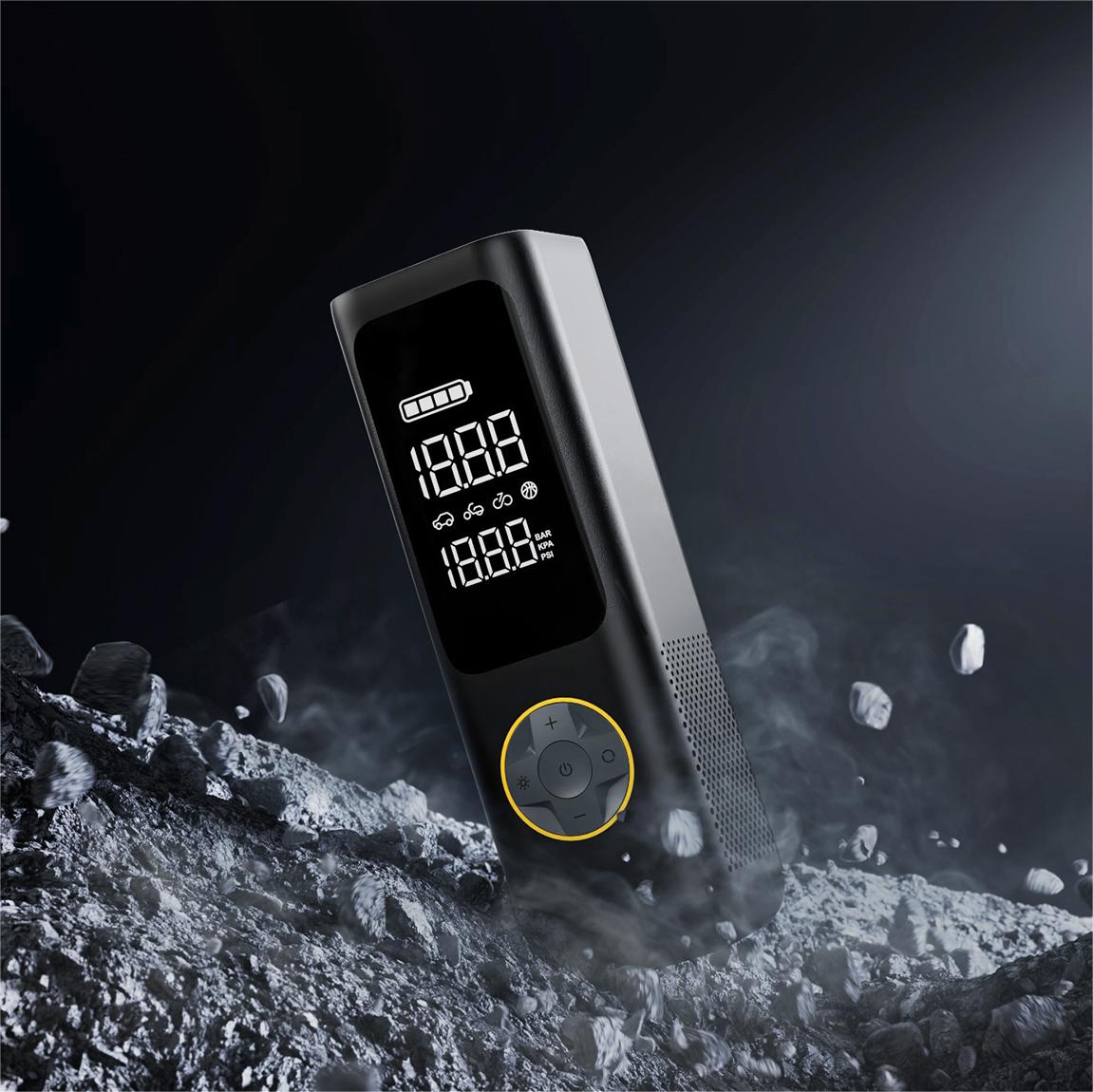
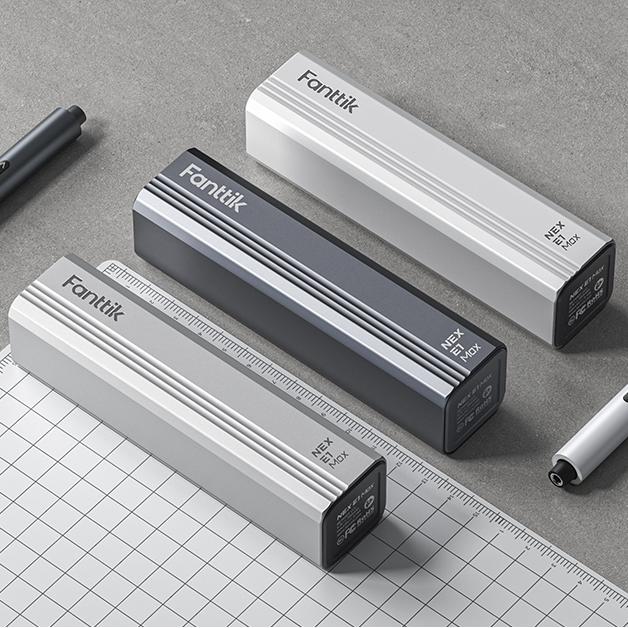


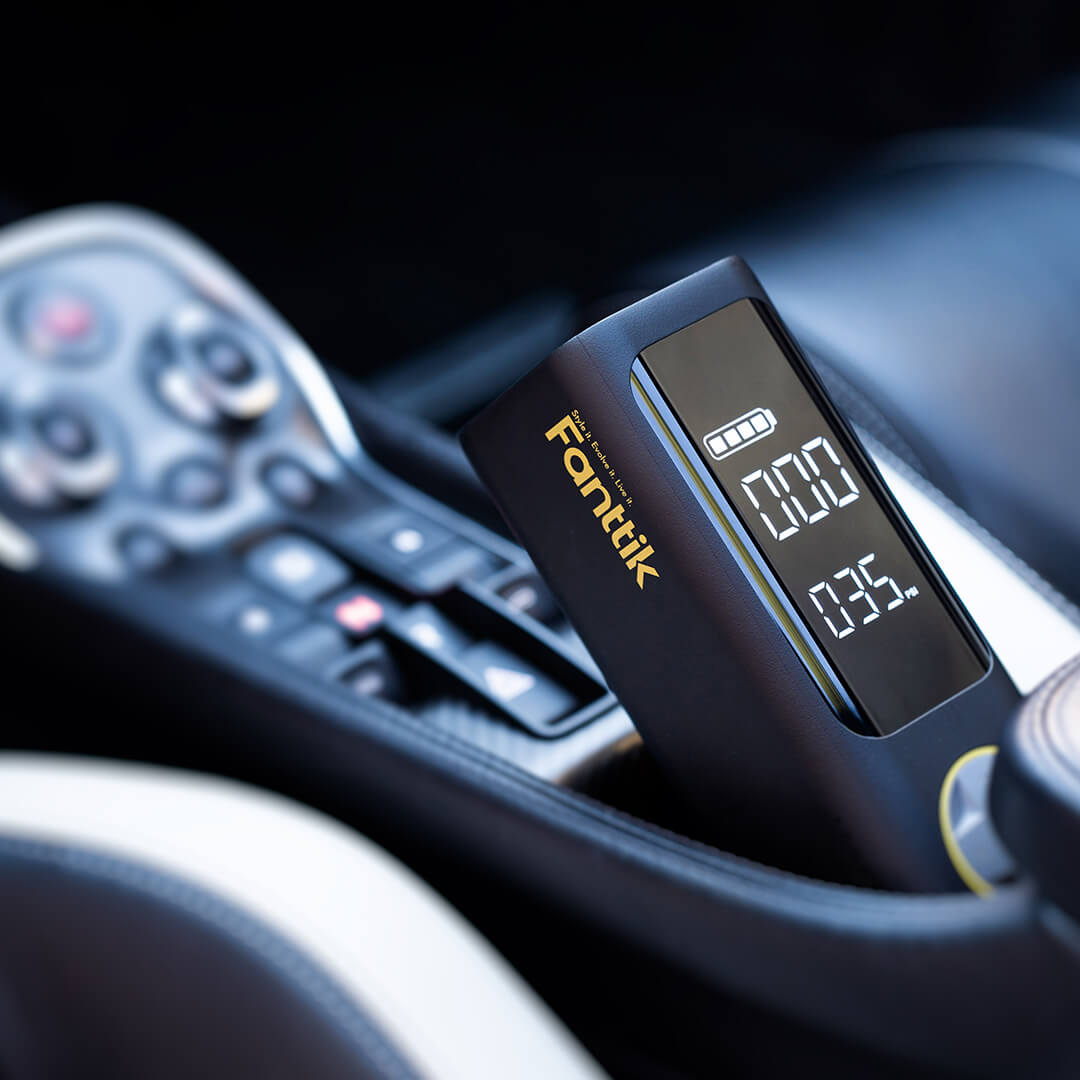
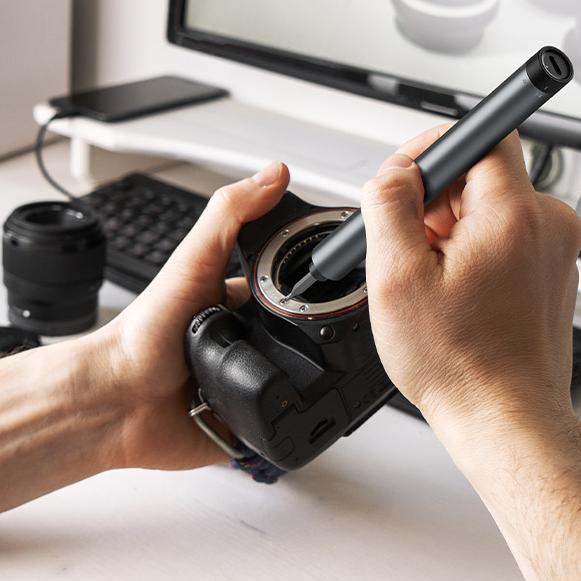





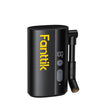
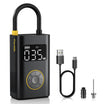
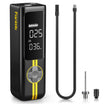
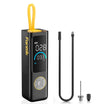
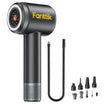

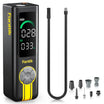
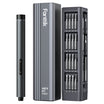

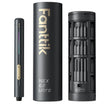
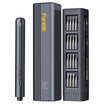
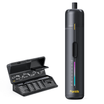
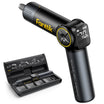
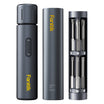
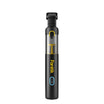
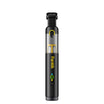
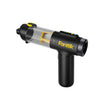
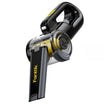
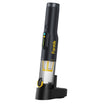
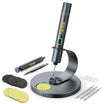
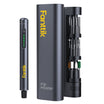
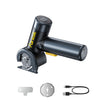
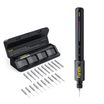
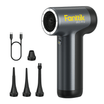

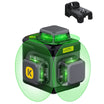
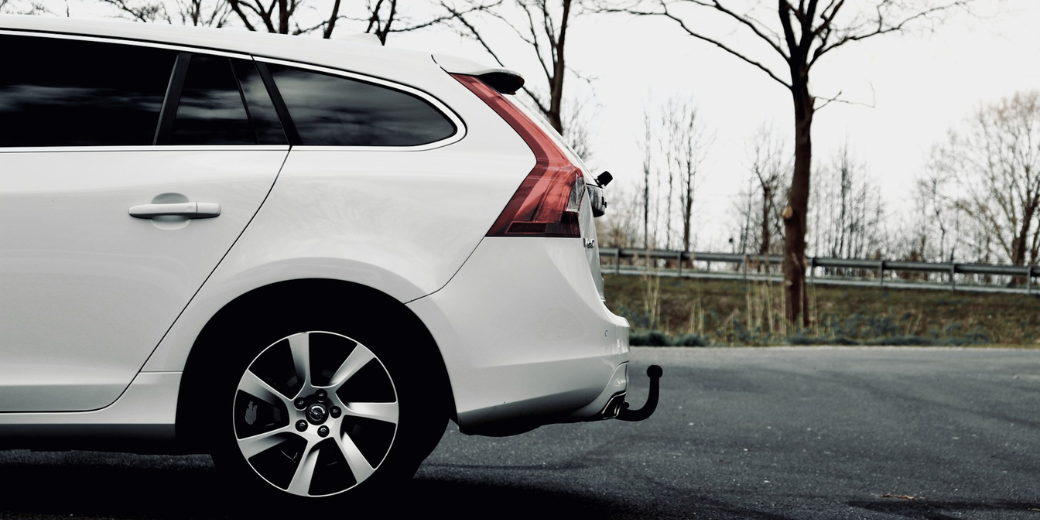

Leave a comment
This site is protected by hCaptcha and the hCaptcha Privacy Policy and Terms of Service apply.